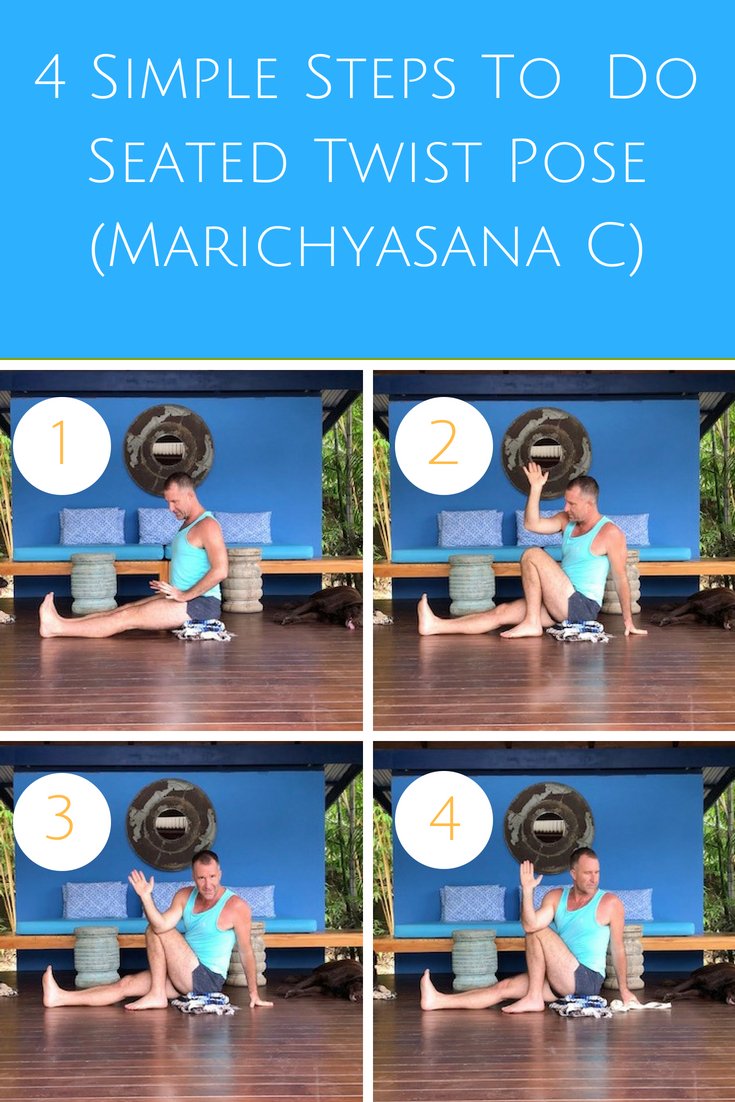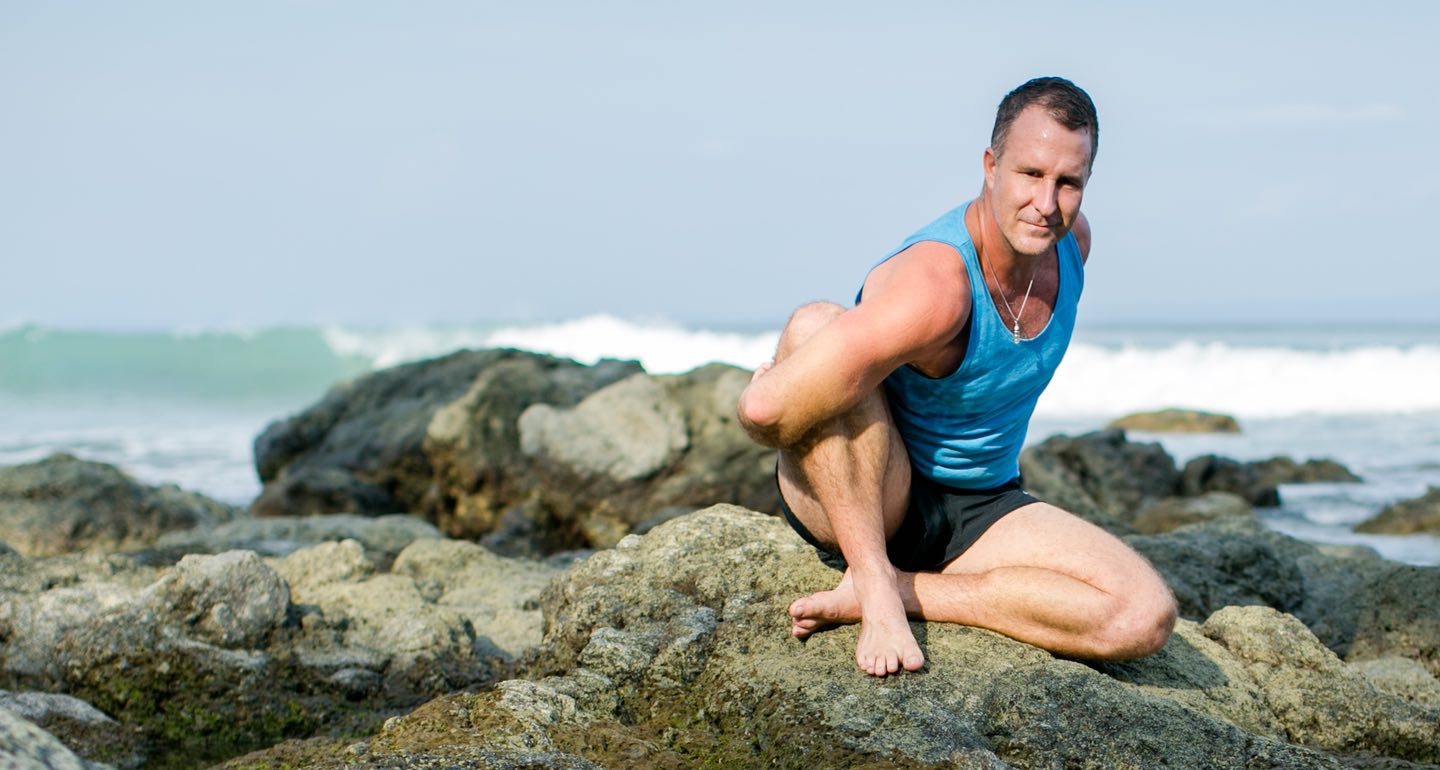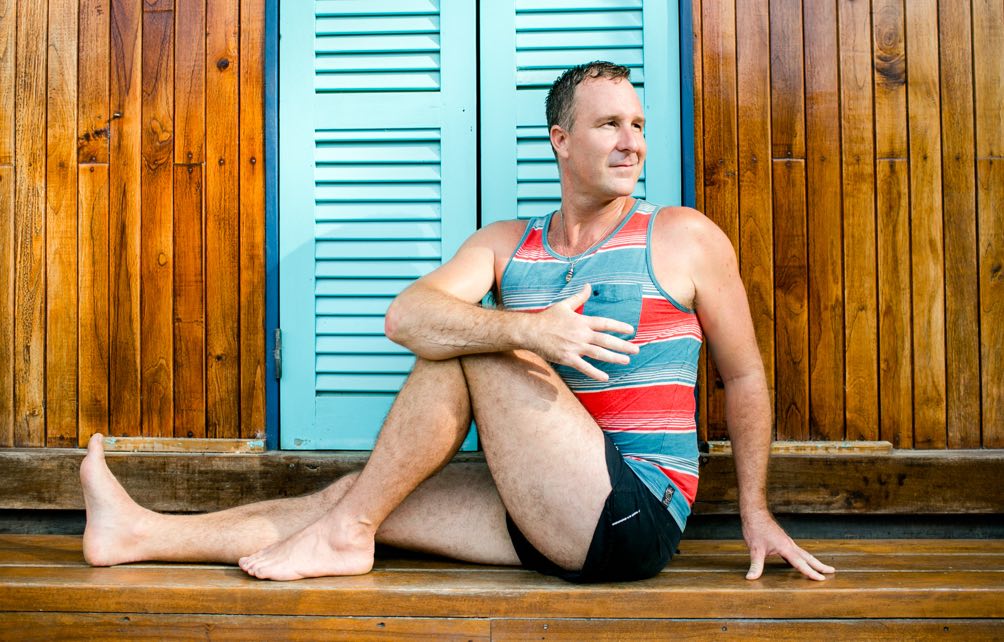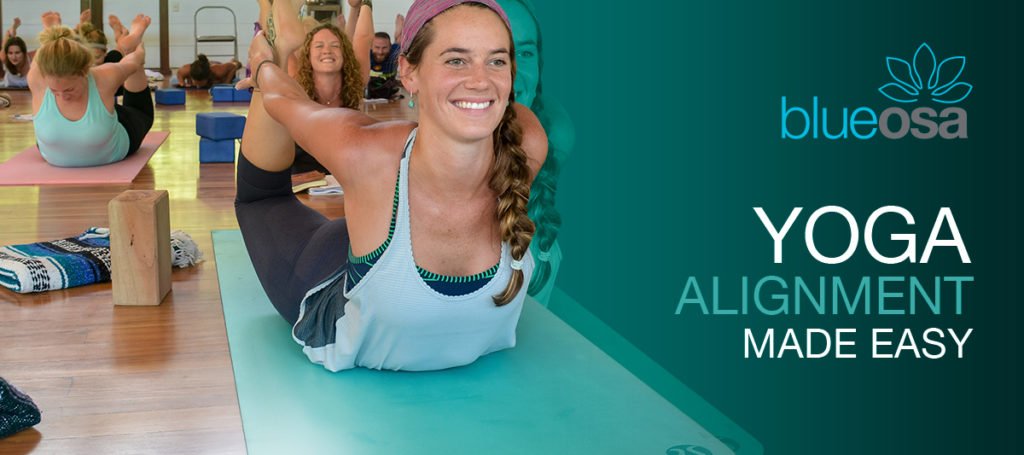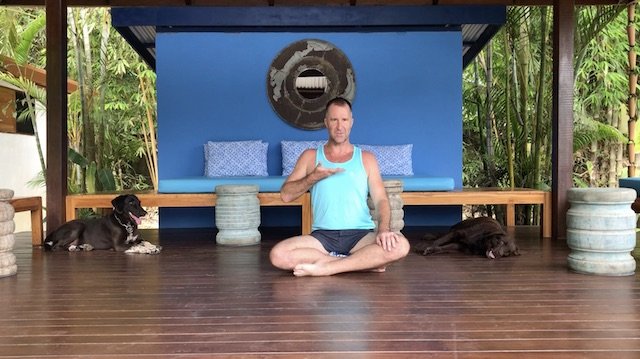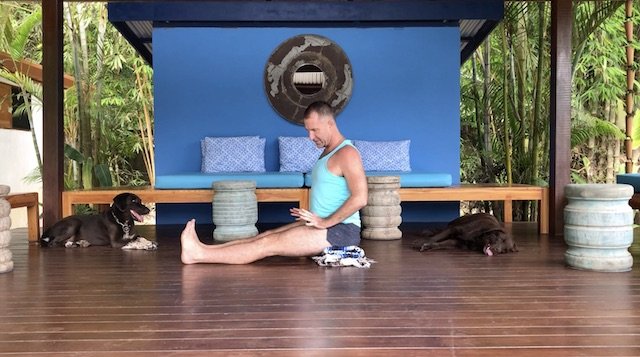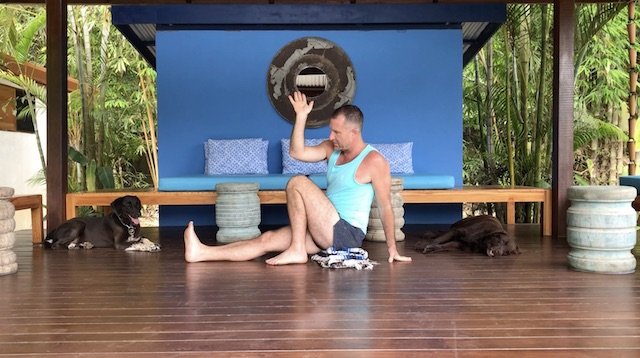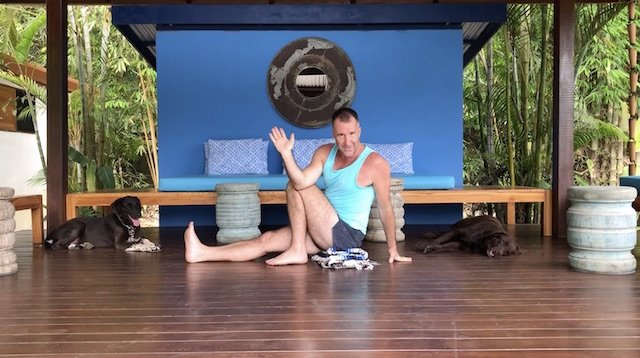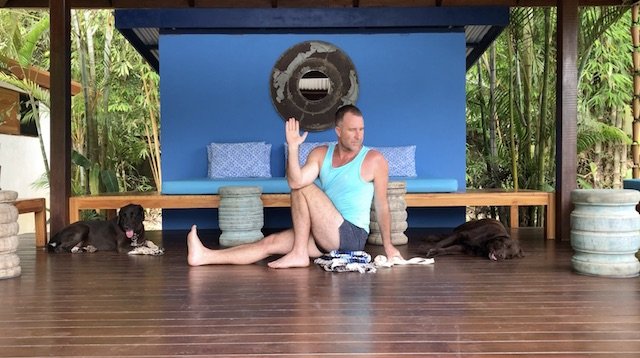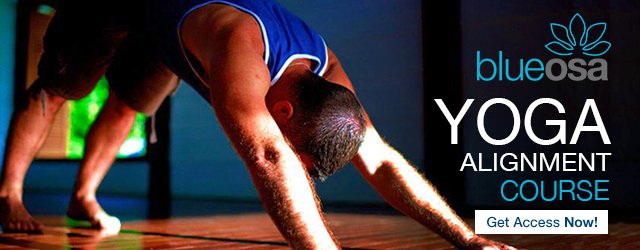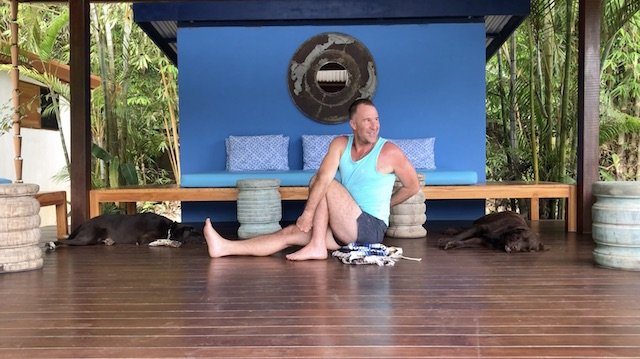Marichyasana C is named after Marichi, the mythological Hindu sage who is the son of Brahma.
This seated twist is done by rotating your torso with one leg bent and one leg outstretched.
The pose provides you with a great full body release as it stretches the shoulders, hips, and spine. For this reason, the pose requires a fair amount of mobility in both your spine and hips.
The twist can restrict abdominal and diaphragmatic breathing so you may find breathing more difficult during the pose. It is wise to practice the pose slowly and hold the pose for as long as feels comfortable to you when starting.
You can also make use of props to assist you if need be. Here are some of the benefits as well as techniques for Marichyasana C, also called Seated Twist.
Benefits of Seated Twist (Marichyasana C)
Physical Benefits
Asanas that involve twists are wonderful for spinal health as they keep it flexible and bring blood flow to spinal nerves. The pose is also good for ridding the body of excess trapped gas that can make you feel bloated or uncomfortable. This can also help with constipation and indigestion.
Women can benefit from the pose by the fact it can relieve menstruation and strengthen the womb. Other benefits you may notice include feeling more energized and asthma relief.
The Internal Benefits of Seated Twist (Marichyasana C)
Marichyasana C is cleansing and purifying. It stimulates and energizes the mind and can help untangle your emotions. The pose can also help to teach you how to better deal with problems you may face in life.
Twisting poses help you to better deal with stress and anxiety as they allow your body to move in and out of comfortable positions in a safe way. They also help you to focus on the present moment which can be calming to your mind.
How To Practice Seated Twist (Marichyasana C)
Watch Yogi Aaron guide you through the proper alignment of the Seated Twist Pose in this how-to video.
Step 1
Begin by sitting in a Dandasana pose with your legs together and extended in front of your torso. From here you begin to bend your right knee, keeping your foot flat on the floor and exhaling as you do so. There should be space between your left thigh and right foot. Your spine should be in a straight position. If that is proving difficult to achieve, you can try extending your foot away from your hips, still keeping it flat on the floor.
Step 2
The next step is to raise the right arm as you inhale and extend your spine. Begin rotating towards your right side and place your right hand or fingers to the floor behind you. Exhale as you begin this rotation.
Step 3
Next, you’ll bring your left arm and place it so that it rests against your outer right knee. With your upper left arm against the outside of your right knee, bend your left arm into a bent position with fingers pointed towards the ceiling. Make sure your left leg is still in a straight position and your right in a bent position with foot flat on the floor.
Step 4
Then, you will turn your head to the right, deepening your twist, exhaling as you do so. It is a good idea to lengthen the spine before turning your head in which you should inhale as you do so. Hold the pose for 5 deep breaths.
Step 5
Return your head to a face-forward position inhaling as you do so. Undo your arms from their current positions and return back to center so you are now back in the Dandasana pose.
You can repeat the movement on the opposite side of your body after taking a brief pause or vinyasa.
Modifications For Seated Twist (Marichyasana C)
You can opt for a more open twist style of the Marichyasana C if you are pregnant, overweight, or have larger breasts. To do this you’ll start off in the same manner as the traditional Marichyasana C from the Dandasana pose. You will again bend your right knee, keeping your foot flat on the floor, but will then hold your right knee with your right arm. From here you will turn to the left-hand side of your body, not the right side. Repeat the movement on the opposite side of your body.
The Ashtanga Vinyasa modification involves clasping your hands behind your back. To accomplish this, you will start off in the same manner as the traditional Marichyasana C, again bringing your upper left arm so it rests against the outside of your right knee. Instead of pointing your left fingers to the sky, you will rotate your arm so your thumb is pointing down and your palm is facing to the left. You will then extend your right arm behind your back and attempt to grab hold of your left hand. You will need to wrap your left arm around your right knee in order for your left hand to reach your right hand. It may not be possible for you to bring your hands together at first, but extend them as far as comfortably possible or use a strap to assist you.
Pin It For Later!
